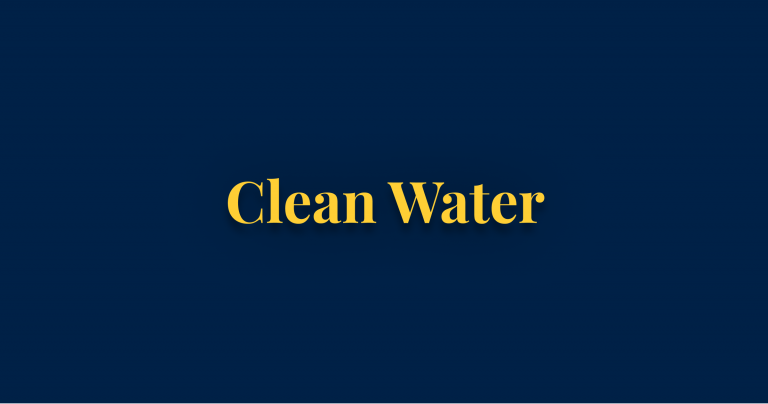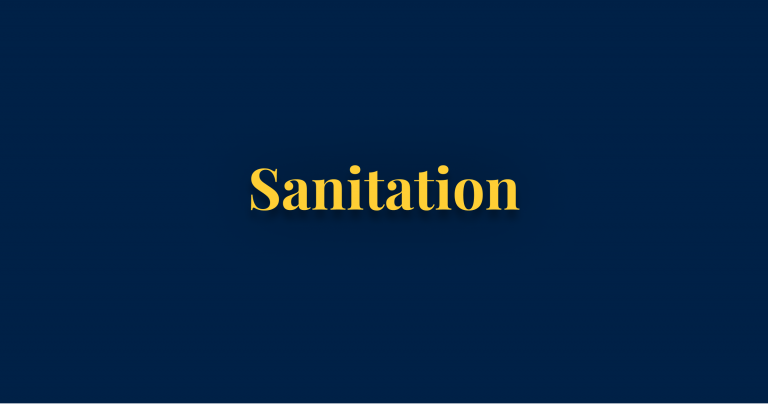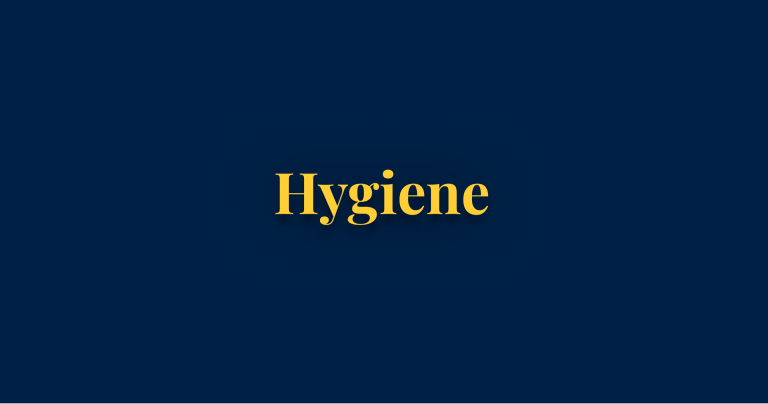Summary
In 2015, all countries pledged to work towards universal access to safe drinking water, sanitation and basic handwashing facilities by 2030. We’re now one-third of the way into this 15-year period. We are still far from achieving universal access: 26% of people do not have access to safe drinking water; nearly half are without safe sanitation; and nearly one-third without basic soap and water.
The world is making progress but it’s far too slow. Progress will have to be more than three times faster over the coming decade if we’re to ensure everyone has access to these very basic resources by 2030.
Having access to clean drinking water, sanitation and handwashing facilities is a very basic human need. Yet billions still go without. This can have devastating consequences: every year, millions of people die from infectious diseases spread through unsafe drinking water or poor sanitation. More than half a million are children.
In 2015, the world pledged to ensure that everyone had access to safe water, sanitation and hygiene facilities by 2030. All countries agreed to work towards these targets as part of the UN’s Sustainable Development Goals.
We are now five years into the SDGs. One-third of the way through. We should take stock of where we are today, and whether we are on-track to meet our 2030 targets.
With the release of the latest data for 2020 from the WHO/UNICEF Joint Monitoring Programme (JMP) for Water Supply and Sanitation, we have just published our WASH Data Explorer where you can explore all of this data in one place. Below I also give a short summary of where we stand on each of these metrics, and our rates of progress towards universal access.
One-in-four people do not have access to safe drinking water
SDG Target 6.1 is to : “achieve universal and equitable access to safe and affordable drinking water for all” by 2030.
Where are we today? In 2020, almost three-quarters (74%) of the world population had access to a safely managed water source. One-in-four people do not have access to safe drinking water.
In the chart we see the breakdown of drinking water access globally, and across regions and income groups. We see that in countries at the lowest incomes, less than one-third of the population have safe water. Most live in Sub-Saharan Africa.
Are we making progress? The world has made progress in the last five years. Unfortunately, this has been very slow. In 2015 (at the start of the SDGs) only 70% of the global population had safe drinking water. That means we’ve seen an increase of four percentage points over five years.
This is obviously far too slow to reach universal access by 2030. If progress continues at these rates, we would only reach 82% by 2030. If we’re to meet our target we need to see rates of progress more than triple (increase 3.2-fold) for the coming decade.1
Nearly half of the world do not have access to safe sanitation
SDG Target 6.2 is to: “achieve access to adequate and equitable sanitation and hygiene for all and end open defecation” by 2030.
Where are we today? In 2020, just over half (54%) of the world population had access to safely managed sanitation. It is shocking that nearly one-in-two don’t. Around 6% do not have any sanitation facilities at all, and instead have to practice open defecation.
In the chart we see the breakdown of sanitation access globally, and across regions and income groups. We see that in countries at the lowest incomes, less than one-fifth of the population have safe sanitation. Much like safe drinking water, most live in Sub-Saharan Africa.
Are we making progress? The world has made progress in the last five years. But again, this has been far too slow albeit slightly faster than our progress on drinking water. In 2015 only 47% of the global population had safe sanitation. That means we’ve seen an increase of seven percentage points over five years.
The gap between where we are now and universal access is still huge. Our progress is far too slow to achieve this by 2030. If progress continues at these rates, we would only reach 68% by 2030. Almost one-third of the world would miss out. If we’re to meet our target we need almost exactly the same acceleration as our progress on drinking water: rates would need to more than triple (increase 3.3-fold) for the coming decade.2
Nearly one-third of the world do not have access to basic handwashing facilities
Hygiene and handwashing is included in SDG Target 6.2, to: “achieve access to adequate and equitable sanitation and hygiene for all and end open defecation” by 2030.
Where are we today? In 2020, 71% of the world population had access to basic handwashing facilities. That is, handwashing facilities with soap and water. That means 29% had to rely on washing facilities without soap, or none at all.
In the chart we see the breakdown of hygiene access globally, and across regions and income groups. In Sub-Saharan Africa only one-in-four people had access to facilities with soap and water.
Are we making progress? In 2015, 67% of the global population had basic handwashing facilities. That means we’ve seen an increase of four percentage points over five years.
Consistent with progress on drinking water and sanitation, we are off-track from meeting our 2030 target. If progress continues at these rates, we would only reach 79% by 2030. One-in-five people would still be without. If we’re to meet our target we need to see an almost four-fold acceleration of progress over the next decade.3



